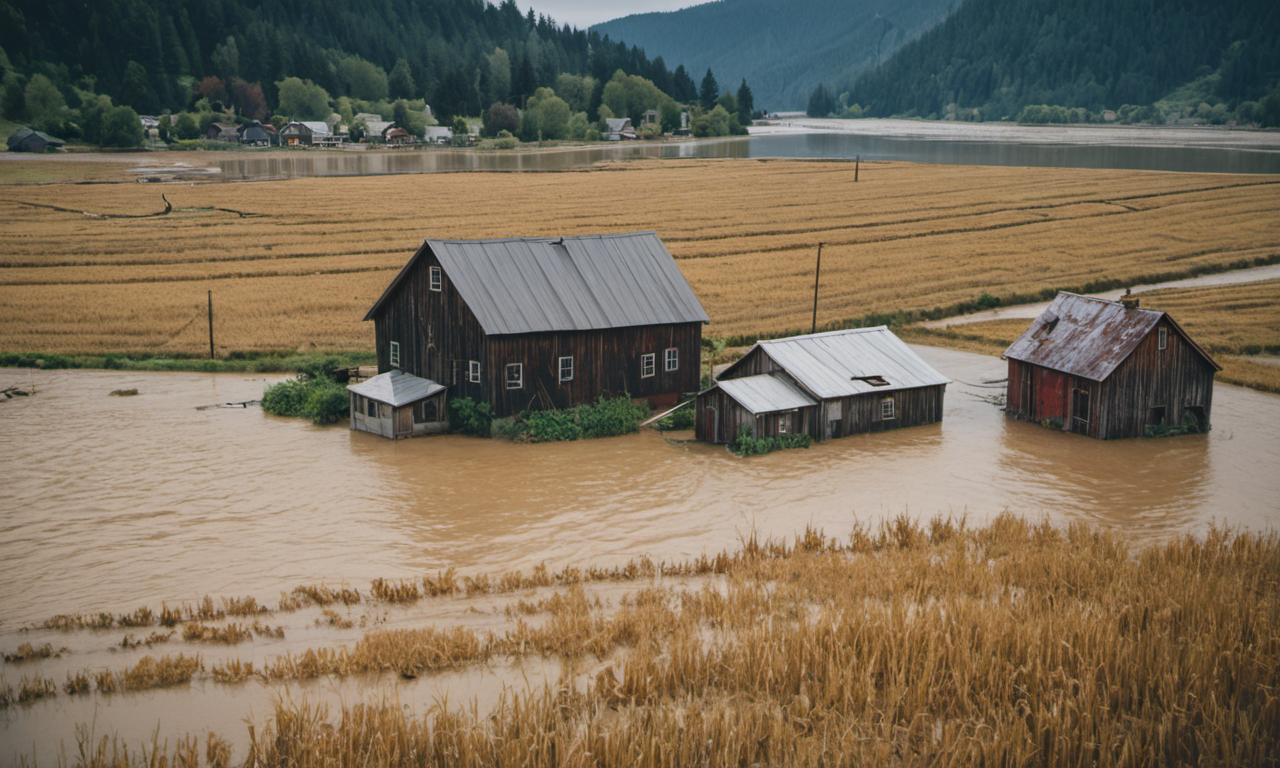Removing the Iron Gate Dam, located on the Klamath River in California, is a topic of significant environmental and hydrological interest. The potential for flooding as a result of dam removal is a high key concern. Here’s a detailed look at the factors involved:
Hydrological Impact and Flooding Potential
- Sediment Release: One of the immediate effects of dam removal is the release of accumulated sediments. The sudden release can temporarily increase river levels. While typically this sediment dispersal happens gradually, managed through controlled removal processes, there is no guarantee that this will minimize sudden impacts.
- River Channel Morphology: Over time, the river channel downstream of the dam would adjust to the new flow regime. This would cause changes in erosion and deposition patterns, leading to localized flooding until the river channel stabilizes.
- Flow Regime Changes: The dam currently regulates water flow, helping to control downstream flooding. Removing the dam would return the river to a more natural flow regime, which could include higher peak flows during storm events or snowmelt. This would increase flood risks to levels seen before the dam was constructed. A more detailed history of pre-dam flooding can be seen here: https://www.cityofwestsacramento.org/government/departments/city-manager-s-office/flood-protection/know-your-flood-hazard/flood-history
Case Studies and Precedents
Previous dam removals have shown varied impacts on flooding. For example, the removal of the Elwha Dam in Washington state led to significant sediment release. However, each river system is unique, so the outcomes can vary based on local geography, hydrology, and management practices. Given the history of flooding on the Klamath River, pre-dam, the outlook of controlling flood levels is not promising.

Conclusion
The removal of the Iron Gate Dam could lead to increased flood risks in the short term as the river adjusts to its natural flow regime. Dam removal could also restore the river to it’s previous state, without flow control, and lead to repetitive regional flooding. This would have a heavy impact on multiple communities, including Seiad Valley, and all the way to Klamath Glen.


